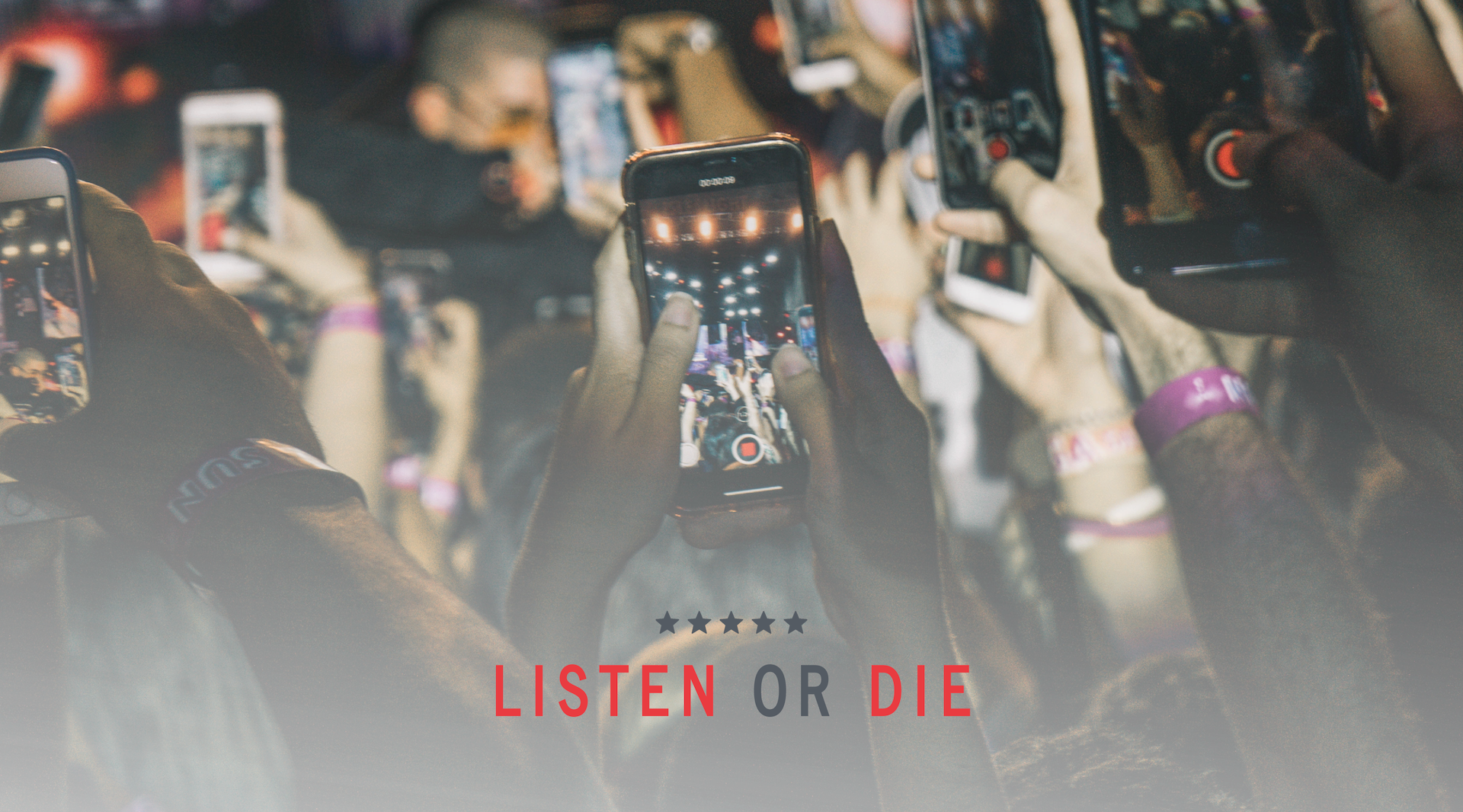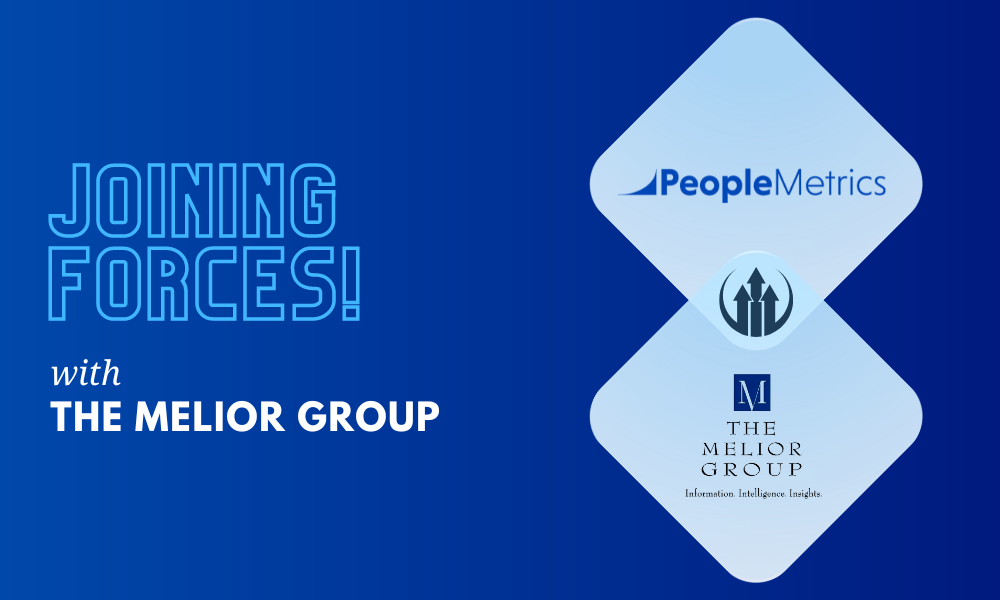The following is an excerpt from Listen Or Die by Sean McDade, PhD.
Who are your customers? Are they businesses (B2B) or consumers (B2C)? The answer to this question is key to creating a world-class VoC program.
B2B companies usually have a smaller number of customers (typically called “clients”) who often pay a significant amount for products or services, while B2C companies usually have many customers with a lower comparative price point.
Prioritizing Action
So how do B2C companies choose which customers to follow up with when they receive negative feedback, given the high volume of responses? Enter something called customer lifetime value, or CLV for short.
CLV is a prediction of the net profit or total revenue attributed to the entire future relationship with a customer. The simple way to calculate CLV is to add together all of the revenue from that customer to date, then project a maximum amount that this customer could provide to the company over time.
For example, in the airline industry, customers with the highest CLV are frequent fliers. These customers have spent the most in the past and are most likely to spend more in the future, so keeping them on good terms is key. There is little doubt that losing frequent flyers hurts more than losing an average customer.
American Airlines serves so many customers each day that following up with every individual complaint about a rude flight attendant or a broken seat is impossible. But when that negative feedback comes from frequent fliers—passengers with the highest CLV—follow-up is necessary and critical.
While VoC looks different in B2B than in B2C, the idea of using it to retain customers and reduce churn is still central to both. In the B2C world, CLV is used to prioritize follow-ups. Clients in the B2B space, however, almost always have a high CLV.
Since losing just one client can be detrimental in the B2B sphere, VoC programs can be an important way to increase communication and check in with all clients.
VoC In Both Worlds
In B2C, business is mainly transactional. There is rarely a salesperson, and when there is one, it’s for large-ticket items, such as with electronics, real estate, or automobiles.
On the other hand, B2B usually involves people buying from other people. The sales force becomes a key touchpoint in the customer experience for B2B. B2B companies are smart to want to know what their clients think of their sales process and how the expectations that their sales force established compared to their actual experience.
While one person, or maybe a couple or a family, makes the final decision in a B2C transaction, there are many decision makers involved in a B2B deal. Transactions are so large and expensive that a strong relationship at this level is paramount. Each relationship and each interaction provide touchpoints for VoC feedback in B2B.
Those in B2C need to embrace the fact that they probably have more customer feedback than they know what to do with. However, the seemingly overwhelming volume of feedback allows B2C companies to learn more about customers and their experiences than ever before. And, through text analytics and other real-time reporting analytical approaches, answers to key questions are immediate.
And the more information you have available to you, the more confident you can be in its accuracy. More confidence means you can create better customer experiences.
Here is a handy guide with the key differences between B2B and B2C VoC:
| B2B VoC | B2C VoC | |
| VOLUME: | Small | Large |
| TEXT ANALYTICS: | N/A | Critical |
| CLOSING LOOPS: | Everything / Everyone (every client) |
CLV prioritizes which customers to follow up with |
| SOCIAL: | N/A | Critical |
| SALES FORCE: | Key touchpoint | Only for large-ticket B2C items |
| DECISION MAKERS AS PART OF THE PROCESS: | Many | Usually 1-2 |
| TRANSACTION SIZE: | Expensive / big | Smaller / marginal |
| SURVEY RESPONSE RATE: | 15 - 30% | 5 - 10% |
This is an excerpt from Listen Or Die by Sean McDade, PhD.
Click here to download the book.
○ ○ ○
About the Author
Sean McDade, PhD is the author of Listen or Die: 40 Lessons That Turn Customer Feedback Into Gold. He founded PeopleMetrics in 2001 and is the architect of the company’s customer experience management (CEM) software platform. As CEO, he guides the company’s vision and strategy. Sean has over 20 years of experience helping companies measure and improve the customer experience. Earlier in his career, he spent five years at the Gallup Organization, where he was the practice leader of their consulting division. His company offers CEM software with advanced machine learning solutions and hands-on analytical support to help companies make sense of their CX data. Sean holds a Ph.D. in Business Administration with a specialization in marketing science from Temple University in Philadelphia. He has published eight articles in peer-reviewed scholarly journals and has taught over 25 marketing classes. Sean was named a 40 under 40 award recipient of the Philadelphia region. He is an active Angel Investor, including investments in Tender Greens, CloudMine and Sidecar.





